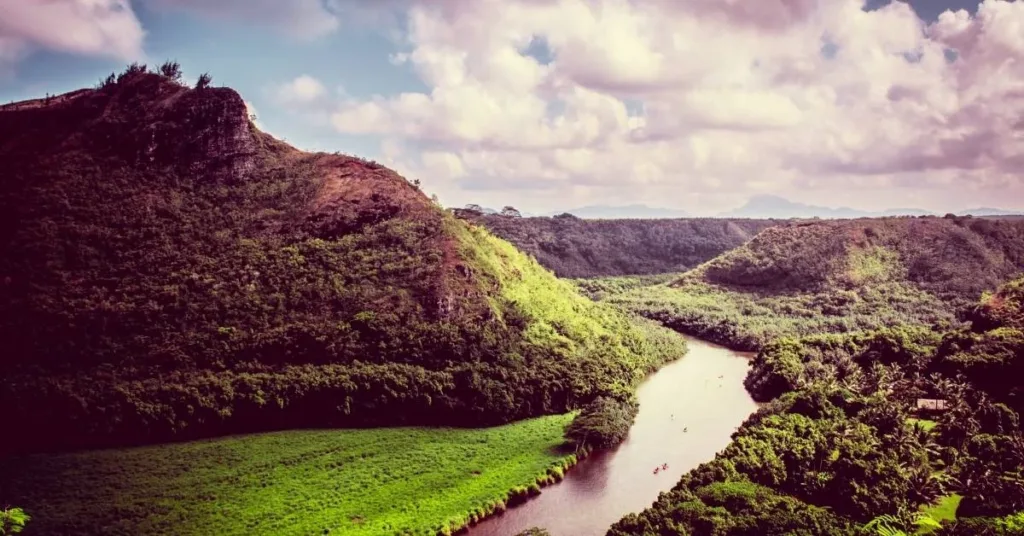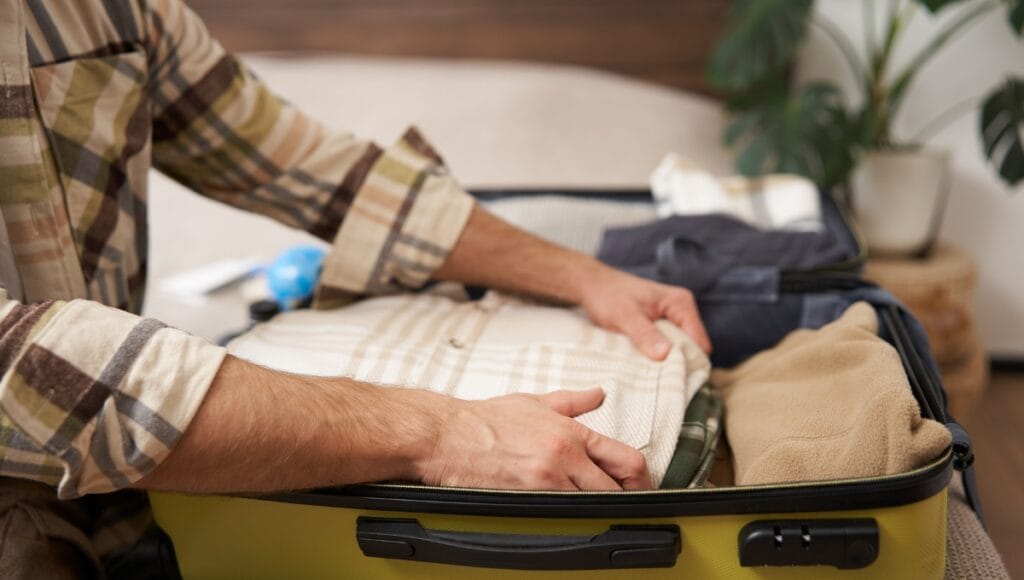Ecuador’s sea storm has stunned travelers! Learn 10 key facts that will help you navigate the storm’s impact on Ecuador’s coastline! Ecuador is a country of breathtaking beauty—lush jungles, magnificent mountains, and, of course, a stunning coastline along the Pacific Ocean. While Ecuador is known for its amazing beaches and coastal cities, a recent sea storm has shaken the region, leaving both locals and travelers in awe of its power. If you’re planning a trip to Ecuador or are just curious about what happened, here are 10 key facts you need to know about the sea storm and how it’s affecting the coastal destinations you might want to visit.
1. The Storm Took Everyone by Surprise in Ecuador

One of the most surprising aspects of this sea storm was how quickly it developed. While weather patterns in Ecuador can be unpredictable, this storm intensified rapidly, catching both locals and tourists off guard. This highlights the importance of checking weather forecasts regularly when traveling to coastal regions, especially if you’re planning outdoor activities like beach excursions or hiking.
2. The Mighty Waves & Their Impact on Beaches

Ecuador’s beaches, from Salinas to Manta, are often known for their calm, inviting waters. But the storm brought waves that reached up to 15 feet, causing significant flooding in several coastal cities. As a traveler, it’s crucial to be aware of such extreme weather conditions, as it can lead to beach closures, cancellations of water sports, and temporary shutdowns of resorts.
3. Popular Coastal Cities Affected

Ecuador’s major coastal cities, including Guayaquil, Salinas, and Manta, experienced severe impacts. For travelers, these are popular destinations for beach holidays, shopping, and exploring Ecuador’s coastal culture. However, during the storm, many of these areas saw infrastructure damage, road closures, and service disruptions. Always check with your hotel or tour operator about local conditions before heading to these spots.
4. Fishing Communities Struggled the Most

Coastal communities are deeply tied to fishing and agriculture, and many local fishermen have been hit hard by the storm. The storm damaged boats, and some fishermen lost their means of livelihood. For travelers, this also serves as a reminder of the importance of sustainable travel practices, supporting local businesses that depend on tourism while respecting the challenges communities face.
5. Galápagos Islands

While the Galápagos Islands are a remote paradise, they weren’t immune to the storm’s effects. The Galápagos is a UNESCO World Heritage site and one of the most popular destinations for travelers seeking to explore nature and wildlife. Though the islands are more protected from storms than mainland Ecuador, extreme weather events like this show that no place is entirely untouched by natural forces. Plan your trip carefully and be prepared for unexpected changes to schedules, particularly if you’re traveling during storm season.
6. Impact on Ecuador’s Tourism Industry

The storm had an immediate impact on the tourism industry, especially along Pacific coast. Flights were delayed, tours canceled, and some popular beaches were closed to the public for safety reasons. However, Ecuador’s tourism industry is resilient, and this event also brought out the strength of local communities. For travelers planning to visit It, it’s a good idea to book travel insurance that covers weather-related disruptions.
7. What Travelers Should Know About Safety During Storms

If you’re in Ecuador during a storm or rainy season, here are some safety tips:
- Stay Updated: Keep an eye on the weather forecasts and follow the guidance of local authorities.
- Avoid the Beach: High waves and strong winds make it dangerous to be near the water during a storm.
- Secure Accommodations: Ensure your hotel or lodging is well-equipped to handle heavy rains and winds.
- Have an Emergency Plan: Know where the nearest shelter or evacuation point is and have emergency contact numbers handy.
8. Sustainable Travel in the Face of Natural Disasters

This storm is a reminder of the delicate balance between tourism and the environment. As recovers, it’s important for travelers to support eco-friendly businesses and sustainable tourism practices. From choosing responsible tour operators to reducing plastic waste, every small effort can help protect the natural wonders Ecuador has to offer.
9. A Chance to Explore Ecuador’s Toughness

Bounce back from disasters like this is a testament to the strength and toughness of its people. As a traveler, you’re part of that journey. By supporting recovery efforts and continuing to visit, you help sustain local economies and ensure that Ecuador’s tourism industry thrives, even in the face of natural challenges. The communities on Ecuador’s Pacific coast are known for their hospitality and determination.
10. The Beauty of Ecuador Remains

Despite the storm’s destructive effects, Ecuador’s natural beauty remains ever-present. From the lush rainforests of the Amazon to the towering peaks of the Andes and the untouched beaches, Ecuador is a land full of wonder and adventure. Whether you’re visiting the Galápagos Islands, exploring Quito’s colonial architecture, or enjoying the surf in Montañita, the country continues to offer unforgettable experiences that every traveler should have on their bucket list.
https://latintrails.com/10-things-to-know-before-traveling-to-the-coast-of-ecuador/
While unexpected storms are part of nature, they shouldn’t deter you from exploring all that Ecuador has to offer. By staying informed, respecting local cultures, and supporting sustainable travel practices, you can ensure that your trip remains safe and enjoyable. Ecuador is a country of contrasts—its wild nature, vibrant cities, and resilient people will leave an imprint on your heart.
So, whether you’re lounging on the beaches of Salinas or exploring the history of Guayaquil, make sure you’re prepared for all that Ecuador’s coast has to offer, even in the face of a storm. Stay safe, and happy travels!
Do you think you’d be prepared for a sea storm in Ecuador? Share your tips for staying safe in extreme weather while traveling!
FAQs
Q1 Is it safe to visit Ecuador’s coast after the storm?
Ans: Yes, but it’s important to check local conditions before traveling. Many affected areas are recovering, and safety updates are regularly provided by local authorities.
Q2 How can I stay updated on weather conditions in Ecuador?
Ans: You can use reliable weather apps, follow local news, and stay in touch with your accommodation or tour operator for real-time updates.
Q3 What should I do if a storm occurs during my trip?
Ans: Follow safety guidelines provided by local authorities, avoid risky areas like beaches, and have an emergency plan in place.
Q4 Are the Galápagos Islands safe to visit after the storm?
Ans: The Galápagos Islands experienced minimal disruption and remain a safe and beautiful destination. However, check with tour operators for any schedule changes.
Q5 How can I support local communities affected by the storm?
Ans: Support local businesses, participate in eco-friendly tours, and consider donating to reputable organizations aiding recovery efforts.
Check out these additional articles on our blog!
https://epictraveldiaries.com/wengen-switzerland-10-fascinating-facts-abou/




